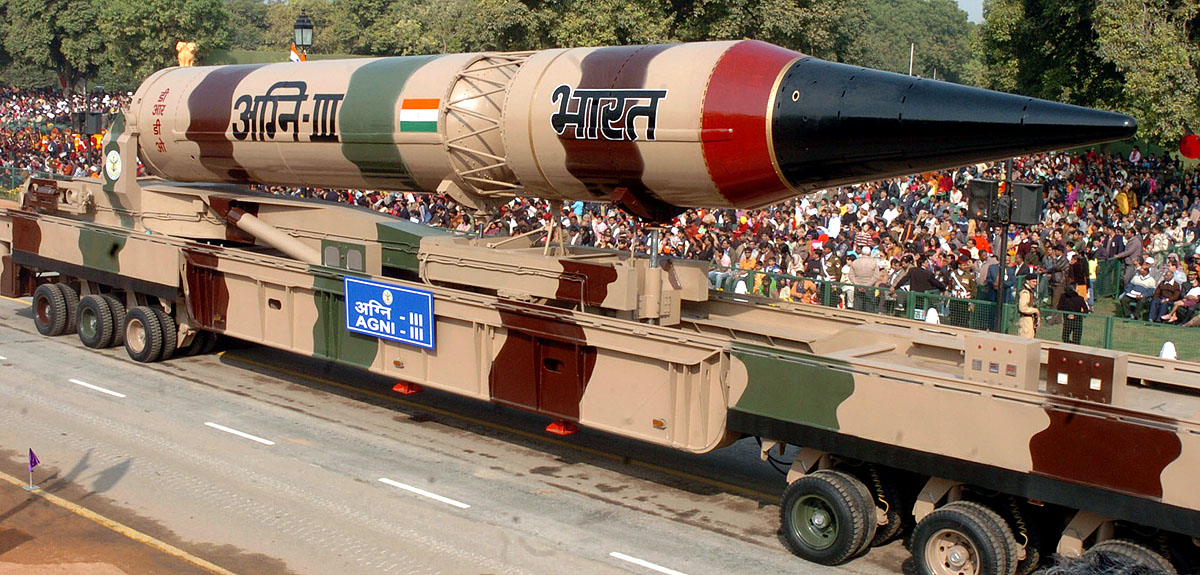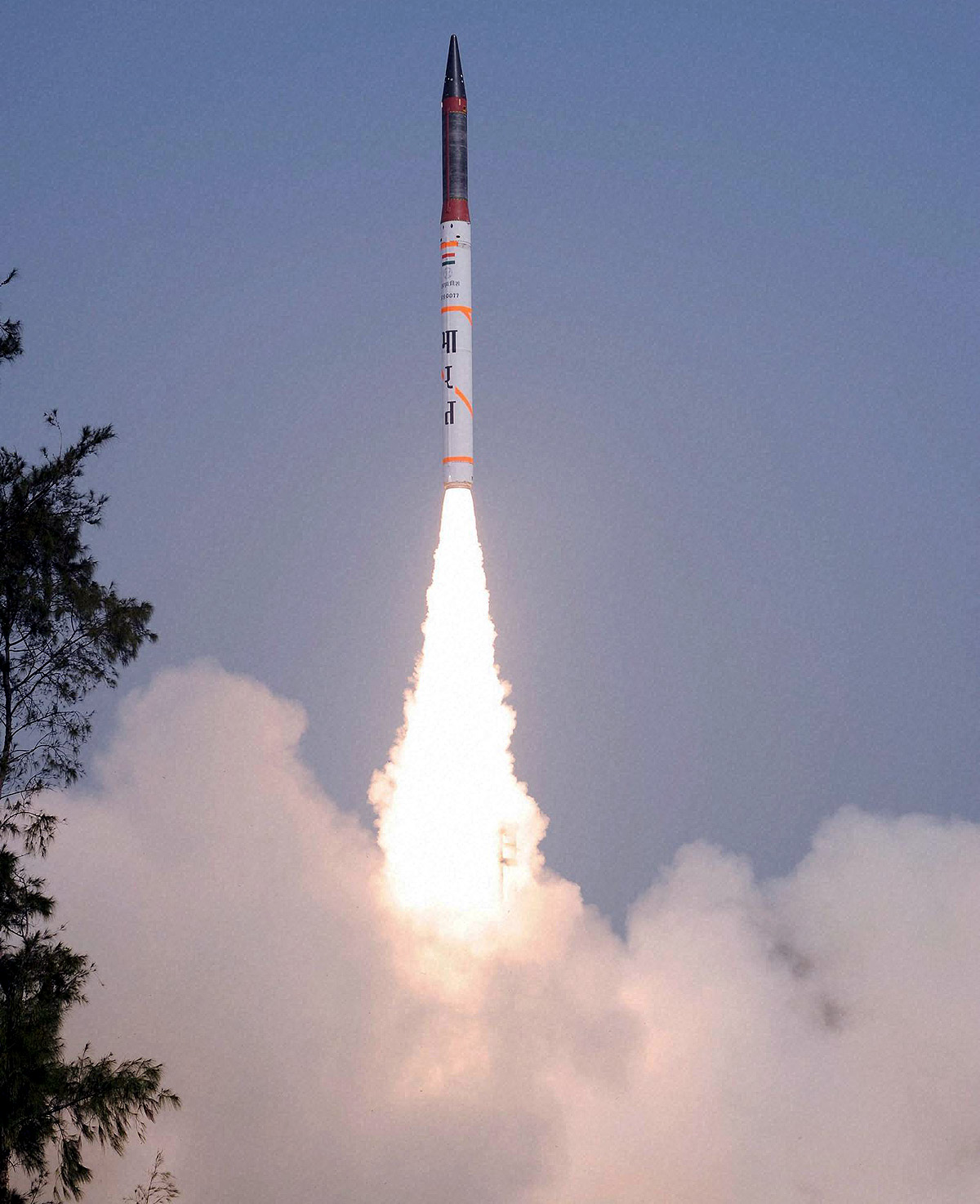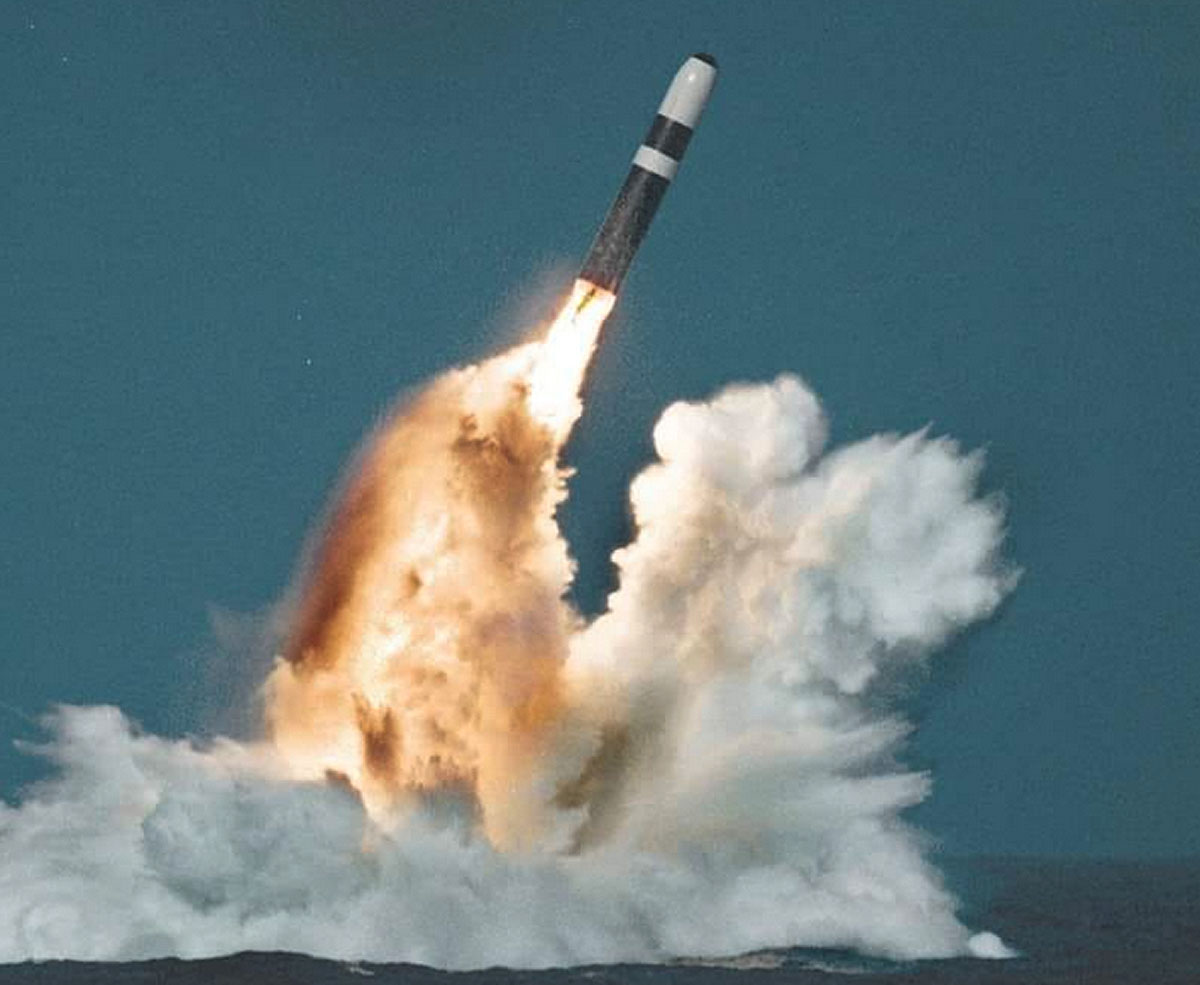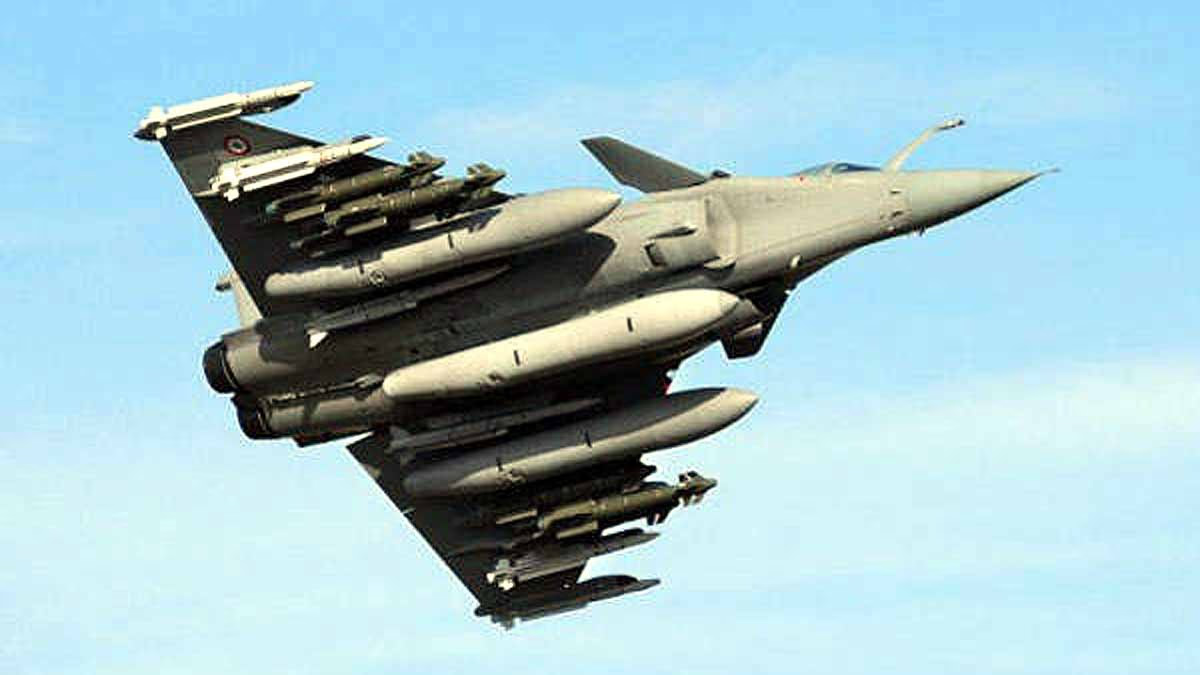The Defense Research and Development Organization (DRDO) might conduct tests on long-range nuclear ballistic missiles in the Bay of Bengal between March 11 and 16. A no-fly zone spanning 3500 km has been declared around the testing area. It is anticipated that testing could involve one, two, or all three of these missiles - Agni-3, Agni-4, and the submarine-launched K4.
Discover the might of these missiles...
Agni-3 Missile
The Agni-3 is an intermediate-range ballistic missile capable of carrying nuclear warheads. It also has the capability to attack with conventional and thermobaric weapons, featuring MIRV technology to engage multiple targets simultaneously.
Explore the Cosmic Resonance and the Prophecy of Destruction with the Shiva Hypothesis:
One of Agni-3 missile's key strengths is its speed, with a range of 3,000 to 5,000 km—meaning the range can be adjusted by altering the payload weight. This reach encompasses a vast portion of China, all of Pakistan, Afghanistan, the Horn of Africa, Arab nations, Indonesia, and Myanmar.

Source: aajtak
The Agni-3 missile achieves blistering speeds up to Mach 15, approximating 18,522 km/h, which doesn't even allow enemies the split-second chance to blink or breathe. At 17 meters in length and weighing 50,000 kilograms, the manufacturing of a single Agni-3 missile is said to cost between 250 to 350 million rupees. It is launched from an 8x8 transporter erector launcher.
Within Minutes, Beijing and Islamabad Could Lay in Ruins
Beijing's aerial distance from Delhi is 3,791 km, which at the Agni-3 missile's speed could be covered in just 12.63 minutes. Islamabad, the capital of Pakistan, is only 679 km away, meaning devastation could occur within a mere two and a half minutes.
The Agni-3 missile can ascend up to 450 km in altitude, capable of taking out enemy satellites. Equipped with advanced navigation systems like the Ring Laser Gyroscope Inertial Navigation System, it can alter its course mid-flight, ensuring that it reaches its target with deadly precision.
Capable of Carrying a 2490 kg Warhead
The Agni-3 missile holds the reputation of being one of India's most reliable, powerful, and swift missiles. Suitable for nuclear armament as well as thermobaric weaponry, it successfully hit its targets with pinpoint accuracy in subsequent tests following an initial failed attempt on July 9, 2006.
Agni-4 Missile
The Agni-4, an intermediate-range ballistic missile (IRBM), adds to the lethal capabilities of India's missile arsenal. Comparatively lighter than its global counterparts in the same range category, Agni-4 can carry a diverse array of warheads, including conventional, thermobaric, and nuclear weapons.

Source: aajtak
The Agni-4 has an active range of 3,500 to 4,000 km and can soar up to 900 km in height, hinting at its potential application for space warfare in the future. With a highly reliable avionics system, it can be digitally steered towards the enemy with impressive accuracy and carries up to a one-ton payload.
K4 Submarine-Launched Missile
The 'K' family of missiles, named in honor of Dr. A.P.J. Abdul Kalam, is currently undergoing tests by the Indian Navy. These missiles are designed for the capability to deliver a second-strike if needed.
Renowned to be lighter, faster, and more lethal than their land-based counterparts, Agni missiles, the K-family can carry nuclear warheads. Within it lies K15, already inducted into the Indian Navy since 2017, and K4, a ballistic missile of intermediate-range, weighing 17 tons and stretching 12 meters, with an operational range of 3,500 km. Its ability to alter direction in mid-flight makes it an unmatched adversary in the Pakistani arsenal.

Source: aajtak




